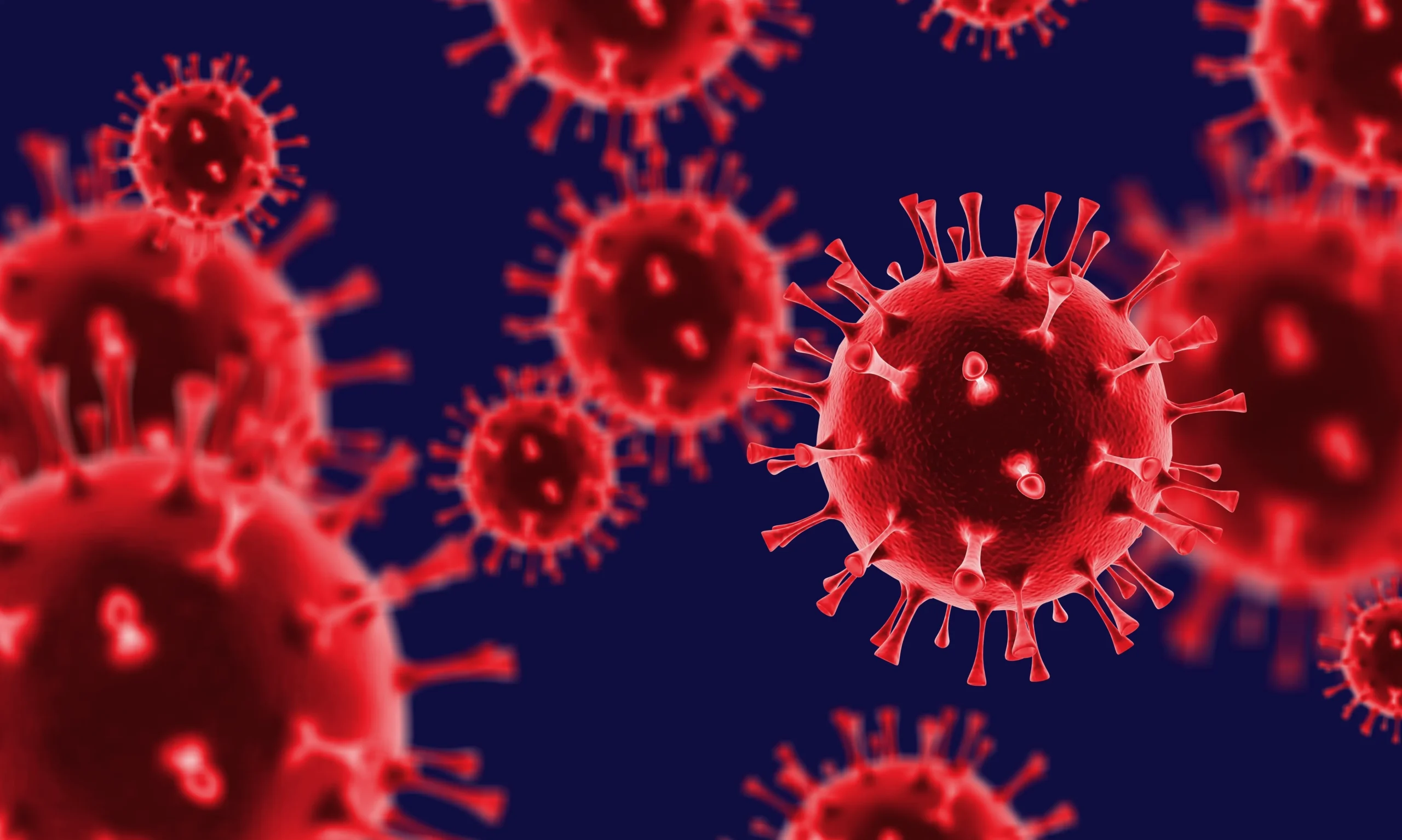Understanding COVID-19 KP 3 Symptoms: A Simple Guide for Everyone
COVID-19 has changed our world in many ways, and understanding its symptoms is crucial for everyone. One of the classifications of COVID-19 symptoms is referred to as “KP 3.” This article will explain what COVID-19 KP 3 symptoms are, how they affect people, and what you should do if you or someone you know experiences these symptoms. We’ll break it down in a way that’s easy to understand, even for young children.
What is COVID-19?
COVID-19 is a disease caused by a virus known as SARS-CoV-2. It first appeared in late 2019 and quickly spread around the globe. The virus can make people sick in different ways. Some people might not feel very bad, while others can get very sick. The main way it spreads is through tiny droplets when an infected person coughs, sneezes, or talks. This is why washing hands, wearing masks, and keeping a distance from others is so important.
Understanding KP 3 Symptoms
The term “KP 3” refers to a specific set of symptoms associated with COVID-19. These symptoms can vary from person to person, but they generally include:
- Cough: This is a common symptom. It can be dry (without mucus) or wet (with mucus). Coughing helps clear the throat and lungs, but when it’s persistent, it might indicate something more serious, like COVID-19.
- Fever: A fever is when your body temperature rises above the normal range. It’s a natural response of your body to fight off infections. A fever can make you feel hot, sweaty, or cold and shivery. For COVID-19, a fever is usually one of the first signs you might notice.
- Shortness of Breath: This means feeling like you can’t catch your breath. It’s important to pay attention to this symptom. If you feel like you can’t breathe well, it’s a sign you should get help quickly.
Understanding these symptoms is the first step to staying healthy and safe. If you or someone you know has these symptoms, it’s important to take them seriously.
Why Are These Symptoms Important?
Recognizing COVID-19 KP 3 symptoms is important for a few reasons. First, if you notice these symptoms in yourself or someone else, it can help you take action quickly. The sooner you identify that something might be wrong, the faster you can get help.
Additionally, knowing about these symptoms helps you understand when to get tested for COVID-19. Testing is vital because it helps to track the spread of the virus and protects those around you. If you test positive, staying home and away from others is crucial to prevent spreading the virus.
What Should You Do If You Have KP 3 Symptoms?
If you or someone you know shows COVID-19 KP 3 symptoms, here are some steps to follow:
- Stay Home: It’s best to stay at home and avoid contact with other people. This helps stop the virus from spreading.
- Get Tested: Find out where you can get a COVID-19 test in your area. Testing can confirm if you have the virus.
- Monitor Symptoms: Keep an eye on your symptoms. If they worsen, seek medical attention. It’s better to be safe and check with a healthcare professional.
- Inform Others: If you test positive, let people you’ve been in close contact with know. This way, they can monitor their health and take precautions.
- Follow Medical Advice: If a doctor gives you instructions, be sure to follow them. This may include resting, drinking fluids, and taking medicine to help with symptoms.
How Can You Protect Yourself and Others?
Prevention is key in fighting COVID-19. Here are some simple tips to keep you and those around you safe:
- Wash Your Hands: Use soap and water for at least 20 seconds, especially after being in a public place. If soap and water aren’t available, use hand sanitizer.
- Wear a Mask: When you’re around others, wearing a mask can help prevent the spread of droplets that might carry the virus.
- Stay Apart: Keeping a distance of at least six feet from others can help reduce the risk of transmission.
- Stay Home When Sick: If you’re not feeling well, it’s best to stay at home and avoid close contact with others.
- Get Vaccinated: Vaccines help protect you from getting very sick from COVID-19. If you’re eligible, consider getting vaccinated.
What to Expect After Getting Tested
If you get tested for COVID-19, here’s what you can expect:
- Waiting for Results: After the test, you might have to wait a few days for results. Use this time to rest and avoid close contact with others.
- Understanding Your Results: If you test negative, it’s good news, but you should still monitor your symptoms and stay cautious. If you test positive, follow the steps mentioned earlier.
- Follow-Up Testing: In some cases, doctors may recommend follow-up testing, especially if symptoms persist.
The Importance of Following Guidelines
Health organizations around the world, like the World Health Organization (WHO) and the Centers for Disease Control and Prevention (CDC), provide guidelines to help keep us safe. Following these guidelines can help prevent the spread of COVID-19. It’s important to stay informed and adjust your behavior according to the latest health advice.
Conclusion
Understanding COVID-19 KP 3 symptoms—cough, fever, and shortness of breath—is essential for everyone. By recognizing these signs and knowing what to do, you can help protect yourself and your loved ones. Remember, prevention is better than cure. By taking simple steps to stay healthy, we can all contribute to keeping our communities safe.
Stay informed, stay safe, and take care of one another. Together, we can navigate through these challenging times.

